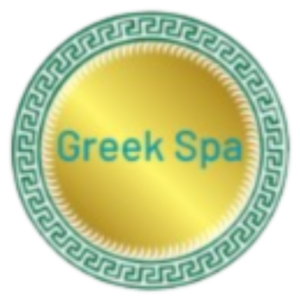Traditional Thai Massage
In the heart of Thailand’s rich cultural heritage lies a time-honored practice that transcends the boundaries of conventional massage therapies—Traditional Thai Massage. Rooted in the ancient wisdom of Buddhist traditions and Ayurvedic principles, this holistic healing art offers a unique blend of acupressure, stretching, and energy balancing. In this blog post, we will embark on a journey to explore the origins, techniques, benefits, and cultural significance of Traditional Thai Massage.
- Historical Roots and Cultural Significance:
Traditional Thai Massage, known as “Nuad Boran” in Thai, has a history spanning over 2,500 years. Legend attributes its creation to Jivaka Kumar Bhaccha, a physician and contemporary of Buddha. Rooted in the principles of Metta (loving-kindness) and the belief in energy pathways called “sen lines,” Traditional Thai Massage is deeply intertwined with Thailand’s cultural and spiritual heritage. It is not merely a physical therapy but a sacred practice that seeks to restore balance to the body, mind, and spirit.
- Philosophy Behind Thai Massage:
At its core, Traditional Thai Massage is guided by the belief in the body’s vital life energy, or “Prana.” This energy flows along the sen lines, and any blockages or imbalances are believed to lead to physical discomfort and illness. The massage aims to release these blockages, promoting the free flow of energy and restoring harmony within the body. The practice embodies the Buddhist principles of mindfulness, compassion, and the interconnectedness of all beings.
- Unique Techniques and Sequences:
Unlike Western-style massages, Traditional Thai Massage is performed fully clothed on a floor mat. The practitioner uses hands, thumbs, elbows, knees, and feet to apply pressure to specific points along the sen lines. A distinctive aspect of Thai Massage is the inclusion of passive yoga-like stretches, which are applied in a rhythmic sequence. This combination of acupressure and stretching creates a dynamic and comprehensive approach to releasing tension and improving flexibility.
- Benefits Beyond the Physical:
Improved Flexibility and Range of Motion: The stretching techniques employed in Thai Massage enhance flexibility, promoting greater range of motion in joints and muscles.
Relief from Muscle Tension: The acupressure and kneading motions target areas of tension, providing relief from muscular tightness and soreness.
Enhanced Circulation: The massage stimulates blood flow, contributing to improved oxygenation of tissues and the removal of toxins from the body.
Energetic Balancing: By working on the sen lines and energy points, Thai Massage aims to balance the body’s energy, fostering a sense of well-being and vitality.
Stress Reduction and Emotional Well-being: The meditative nature of Thai Massage induces a state of deep relaxation, reducing stress and promoting emotional balance.
- Cultural Immersion in the Massage Experience:
Traditional Thai Massage is not merely a physical practice; it is a cultural immersion. Many practitioners incorporate traditional ceremonies and rituals into the massage session, creating a unique and enriching experience. From the use of herbal compresses to the recitation of Buddhist prayers, each element contributes to a holistic journey that connects the recipient with the cultural tapestry of Thailand.
- Thai Massage and Yoga Philosophy:
Thai Massage shares similarities with yoga philosophy, emphasizing the importance of breath, mindfulness, and the interconnectedness of body, mind, and spirit. The stretches employed in Thai Massage are akin to yoga asanas, promoting flexibility, balance, and a sense of inner harmony.
- Choosing the Right Practitioner:
A skilled and knowledgeable practitioner is crucial for an authentic and effective Thai Massage experience. Look for practitioners who have undergone formal training and have a deep understanding of the practice’s principles. Communicate your preferences, concerns, and any specific areas of focus to ensure a personalized and beneficial session.
Conclusion:
Traditional Thai Massage is a gateway to holistic well-being, offering a profound journey into the ancient wisdom of Thai culture. From its historical roots and unique techniques to the cultural significance embedded in each session, Thai Massage is more than a physical therapy—it is a spiritual and cultural experience. Embrace the art of Traditional Thai Massage to unlock the secrets of balance, flexibility, and tranquility, and immerse yourself in a practice that has stood the test of time as a timeless gift from the heart of Thailand.
